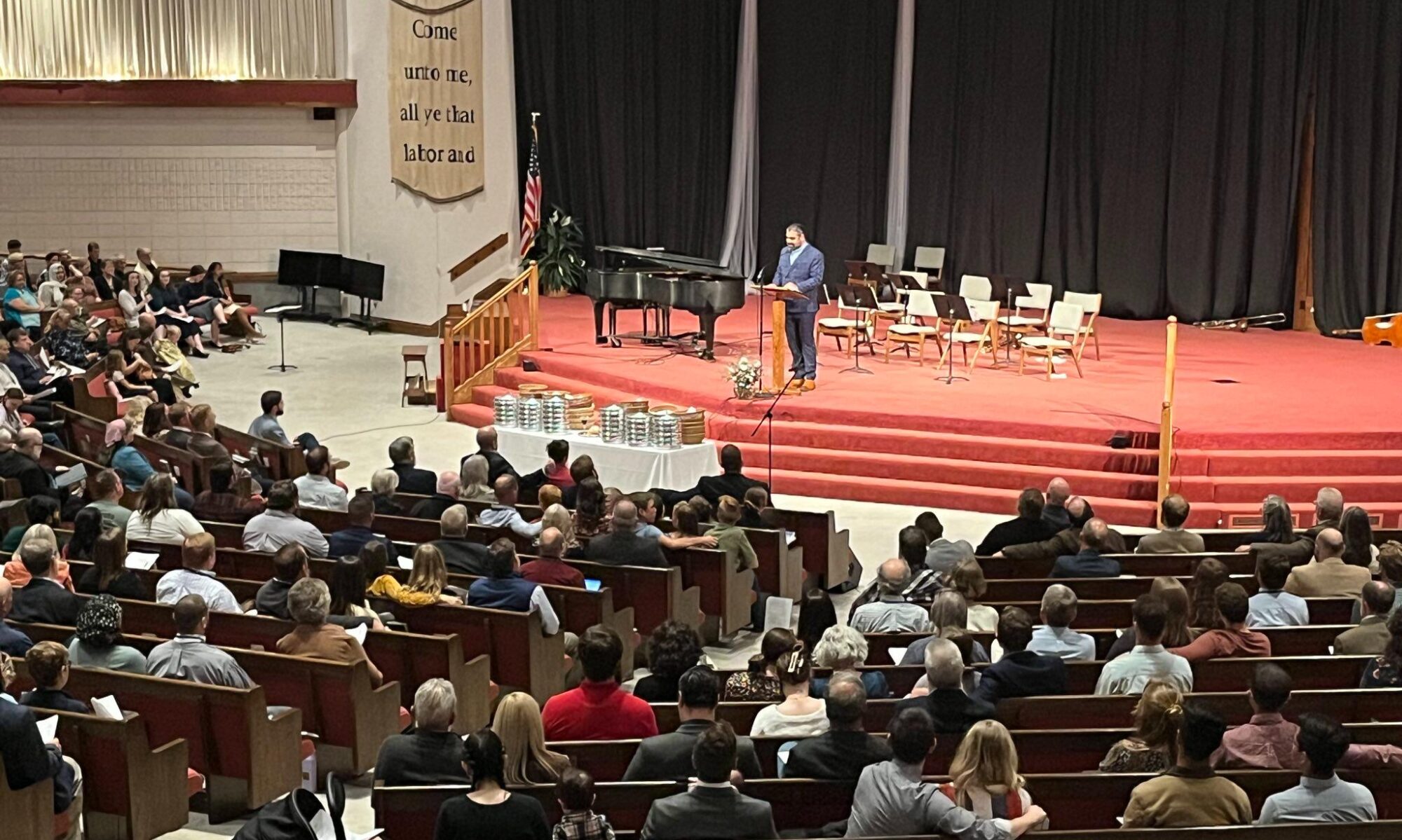The Signs of the times were to be seen and experienced by no other recipients than the first century generation. This is clear for at least five reasons: 1) It is noteworthy that Jesus is speaking to a real group of people with real questions. This means that Jesus sought to address their primary concerns and not any other group’s concern. 2) The language itself confirms this: “Do YOU see all these things? (24:2),” I tell YOU the truth (24:2),” “Tell US (24:3),” “Watch out that no one deceives YOU (24:4),” “ YOU will hear of wars and rumors of wars…(24:6).” It would be non-sensical to address an imaginary audience when Jesus is specifically addressing his disciples. 3) There is local language being used as opposed to vague or universal language. Jesus refers to those in Judea and further, to the still pending ceremonial observance of the Sabbath (24:20 – The ceremonial nature of the Sabbath was abolished with the end of the Jewish Age). 4) Virtually every sign spoken of Jesus is written in the corridors of history through the historian Josephus, Tacitus, and many others adding greater reliability to the text. 5) Many of the signs are already at work during the New Testament period, particularly in the book of Acts where Peter mentions famine (Acts 11:27-29) and false prophets (Acts 13:6). This indicates that the first century audience did not have to wait to see some of those signs, which were already at work.
For these reasons and others, it is incumbent upon the Biblical interpreter to alter their current presuppositions of the text and embrace Preterism, as expressed in the Olivet Discourse. In this fashion, not only will one answer objections as those proposed by Russell, but also be assured of the truthfulness and reliability of the words of our Great God and Savior Jesus Christ.

